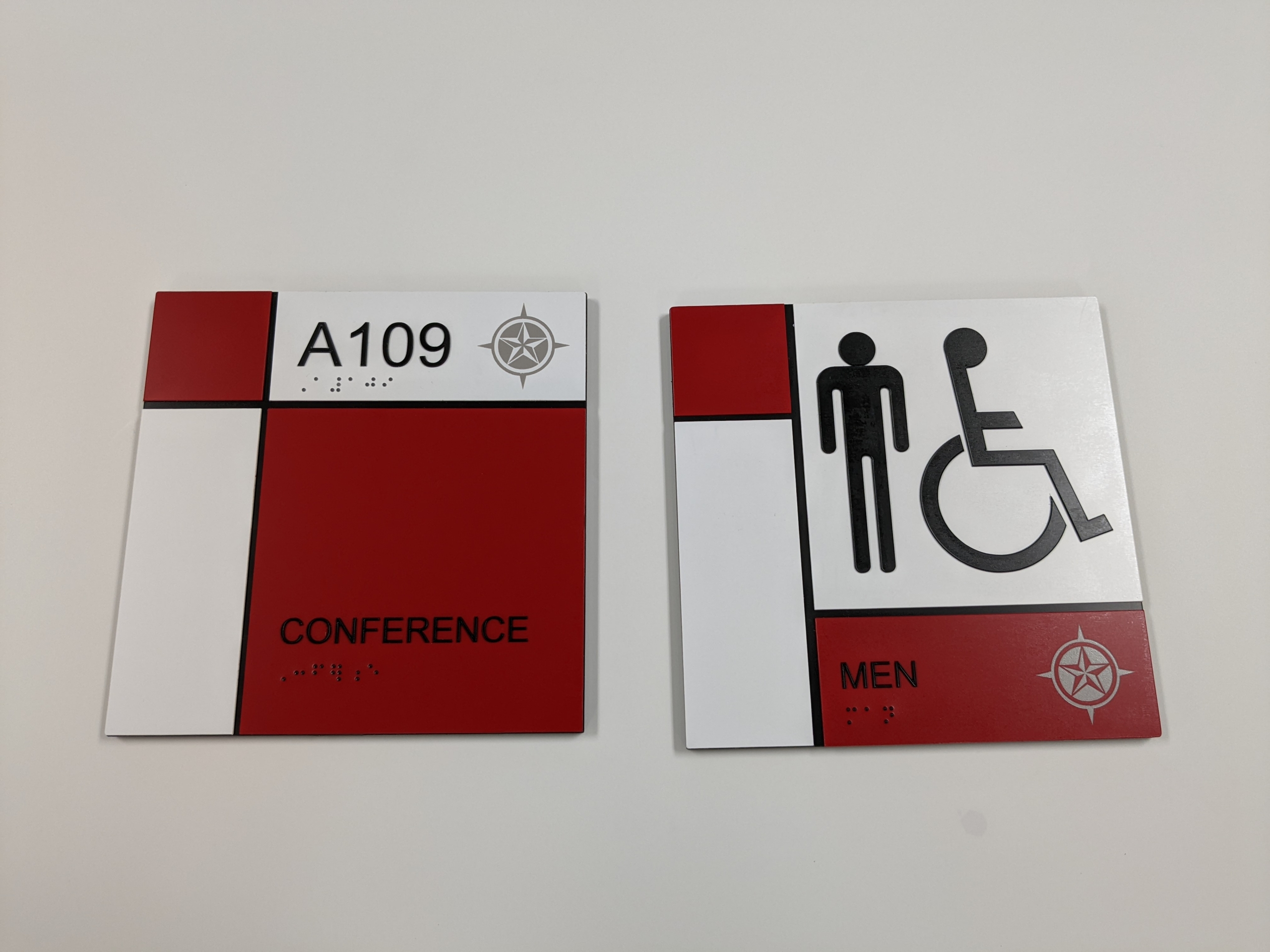Graphics signage is an essential component of modern communication and branding. It is the art of using visual elements to convey information, enhance aesthetics, and leave a lasting impression. From informative traffic signs to enticing store displays, visual signage plays an important role in defining our environment. In this article, we’ll look at the fundamental components of great graphics signage and offer tips on how to create eye-catching displays that attract attention and transmit messages with delicacy.
Understanding Graphics Signage
Graphics signage includes a wide range of visual communication tools like as signs, banners, posters, digital displays, and more. These tools are purposefully developed to transmit messages, provide guidance, sell items, and establish brand identity.
The Essentials of Graphics Signage
Design Fundamentals:
Design elements such as balance, contrast, alignment, and hierarchy are essential for producing aesthetically appealing and well-organized signage. Using these principles guarantees that your message is simple to read and comprehend.
Color Psychology:
Colors elicit emotions and transmit meaning. Understanding the psychology of colors aids in selecting the proper color palette to elicit desired emotions and align with the brand’s identity.
Typography:
Choosing appropriate fonts and utilizing them consistently across signage promotes readability and supports the brand’s visual identity. The size and style of text should be determined by the viewing distance and context.
Imagery and graphics:
High-quality images and graphics may rapidly and effectively convey messages. These graphics, whether they are product photos, illustrations, or icons, should be relevant and clear.
Graphics Signage Types
Wayfinding Signs:
These signs direct people through a complicated structure, a busy airport, or a shopping mall. Visitors may easily travel thanks to clear navigational cues and symbols.
Outdoor Marketing:
Billboards, transit advertisements, and banners draw attention in high-traffic locations. Their design should be bold and succinct, with the message delivered in seconds.
Retail Advertising:
Purchase decisions are influenced by in-store displays, shelf tags, and promotional banners. The design should complement the aesthetics of the store as well as the products being marketed.
Event Promotional Materials:
Event signage is used to convey information and promote branding at conferences, trade events, and exhibits. It is critical to have eye-catching images and clear information.
Digital Advertising:
Digital displays that are dynamic and interactive are becoming increasingly popular. They provide real-time updates and interesting material that is audience specific.
Creating Eye-Catching Graphics Signage
Understand Your Audience:
Understanding your target audience’s demographics and preferences aids in the design and messaging of your signs.
The Key to Simplicity:
A crowded sign can be confusing to viewers. Maintain a minimal design that focuses on the main message.
Consistency in Branding:
Graphics signage serves as an extension of your company’s brand identity. Check that the design elements match the colors, fonts, and overall aesthetics of your brand.
Visibility and positioning:
When deciding on the size, placement, and orientation of your signage, consider elements such as viewing distance, lighting conditions, and any obstacles.
Iteration and testing:
Gather input and, if possible, test your signage before finalizing it. Iterative adjustments based on feedback can considerably improve the effectiveness of signs.
Graphics signage is an effective method for communicating messages, improving aesthetics, and developing brand identification. Understanding design concepts, color psychology, and successful communication allows you to develop signage that not only attracts attention but also leaves a lasting impression on visitors. Mastering the art of graphical signs is a crucial talent for modern businesses and organizations, whether it’s leading people through a complex location or marketing products in a retail atmosphere.



